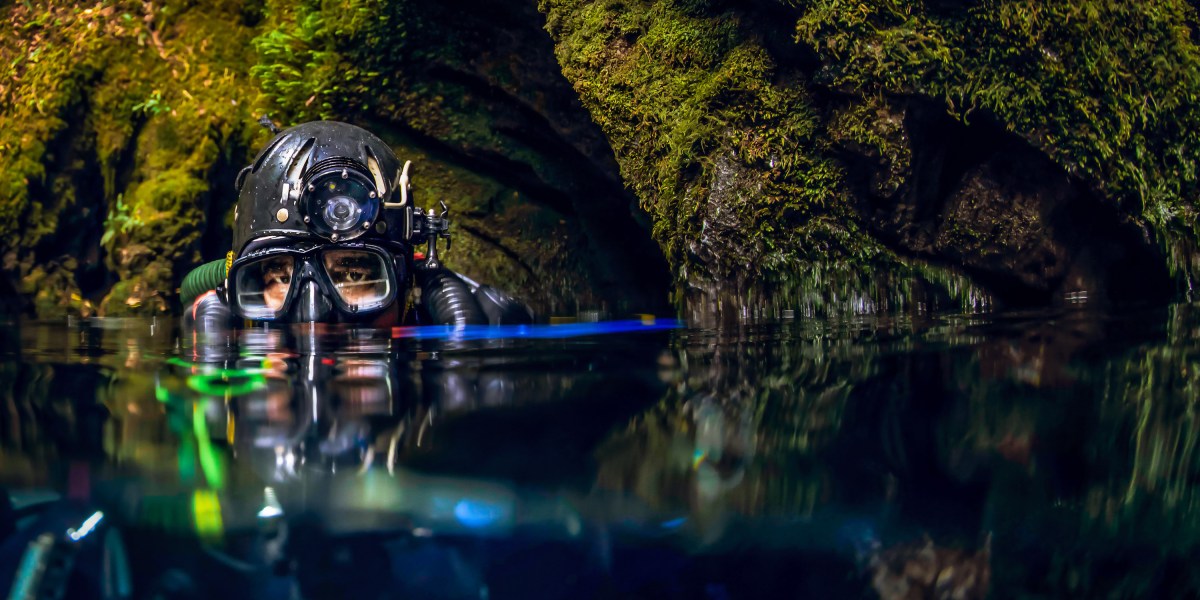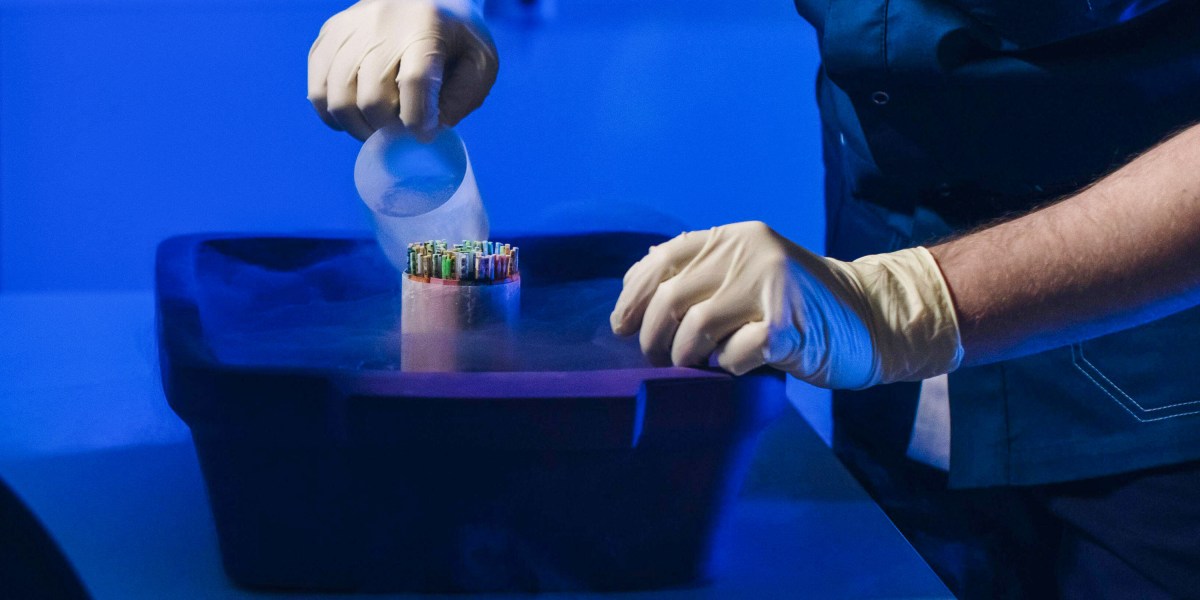Meet the divers trying to figure out how deep humans can go

The others were amazed. Some were perturbed. “Everybody has to make this decision for themself,” Stone told me. “The Pearse Resurgence is not a place to experiment. When you go in there, you should be using gear and techniques that you know are going to work at that depth. You don’t want to be doing physiological experiments at 300 meters’ depth. That’s what killed all of the other divers who went beyond 200 meters’ depth. So my advice to Harry and anybody else who wants to play this game is the same as what I gave Exley: Go. To. A chamber. Simulate this first.”
“The group was sort of split,” Menduno told me. “I mean, everybody was supportive of Harry, but there were some people in the group that thought: You’re gonna die. Some of the people in the group were upset and worried that their friend was going to go off and do this thing and potentially die.”
Around the first corner of the Pearse Resurgence, the light disappears, as though the dark walls, black marble striated with veins of gray quartz, have absorbed it. The cave sometimes narrows so much that if you stood, you could touch the ceiling. Other parts billow out into enormous chambers. At one point, jagged fingers of rock bristle from the walls. Other, deeper parts of the cave are smooth and almost perfectly round, broken only by dark fissures that lead to unexplored tunnels.
As each section of the cave gets discovered, it receives a name. Going down in February 2023, Harris and Challen passed through the Nightmare Crescent, the Needlebender, the Gargleblaster, Weaver’s Ledge, the Big Room, and finally the Brooklyn Exit. The water was 6 °C and perfectly clear. Aside from the brief hisses and clicks of the rebreathers—the crackle of the solenoid triggering, the sigh of gases being pumped through the loop—there was an otherworldly silence.
At 120 meters, the cave opens up onto a plateau that drops off into an abyss. “At that point it’s like standing on the precipice,” Harris told me. “And it feels like you are really beginning the journey.”
The abyss takes you down 50 meters through a vertical tunnel. By 170 meters, Harris could track where he was on the map in his head, following familiar rock formations. They wanted to preserve their energy and prevent carbon dioxide buildup in their joints, so they limited their movement, relying on underwater scooters to move. They slowly tied off at different points in the descent, working around ropes left behind from dives past, some of which had been installed by Doolette 20 years before.
At 230 meters, Harris had done something nobody had done before—swimming freely to unimaginable depths and breathing in hydrogen.
Harris remembers that even though his mind was absorbed with their strict plan, hypervigilant to any strange noises from his rebreather that could mean failure, he took a moment to pause, thinking: “What if I never got to see this again?”
At 200 meters, Harris introduced the hydrogen. For the next 30 meters he gauged his body’s reaction. He was calm, clearheaded, but even more, he noticed that the light tremors in his hands he usually got at this depth, an early sign of high-pressure nervous syndrome, had disappeared. He looked to Challen, who was using helium, as he tied off the rope: his dive partner’s hands had a visible tremor.





